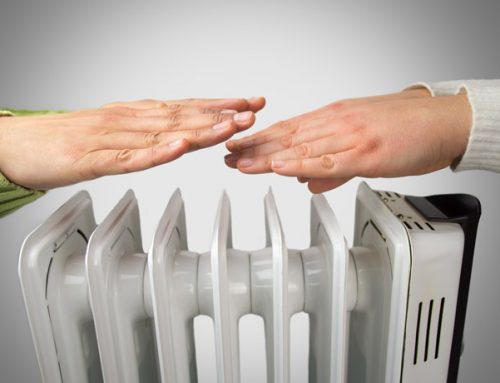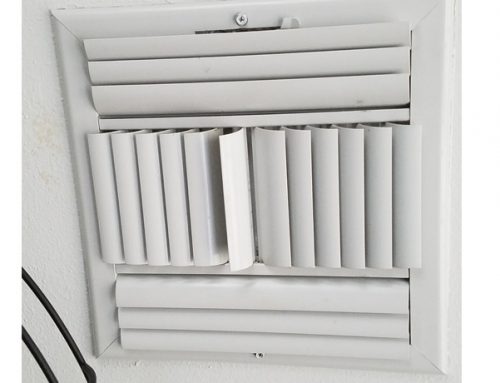Tips for Maintaining a Wood-Burning Fireplace
Even though it is hot in Louisiana many people still have a wood-burning fireplace. As soon as a hint of cool hits the air, you can smell the lit fireplaces in the night air. It is very nice to feel the warmth and watch the fire glowing in the living room. Remember that a fireplace is not a replacement for your heater system. A fire should only be used for up to 5 hours due to smoke. According to the National Fire Protection Association, carbon monoxide poisoning increases during the winter months. Make sure that you also have your heating system checked out too before the cold months come. A fireplace requires maintenance and certain safety tips should be followed before using a fireplace. Check out these tips for maintaining your wood-burning fireplace.
Tips for Keeping Your Fireplace Well-Maintained
- Install a smoke and carbon monoxide alarms and check them annually.
- Never leave a fire unattended, especially if you have children or pets.
- Use Fireplace tools to help maintain your fireplace, never your hands or a vacuum cleaner.
- Keep flammable materials like carpets, drapes and furniture away from the fireplace when a fire is burning. Consider placing a fire guard in front of the burning fire to protect children and pets.
- Clean ash from the fireplace after each use.
- Visually inspect your damper to make sure that their is no debris, birds’ nests, or other items blocking your Chimney damper.
- Test out the function of your fireplace by lighting a few small pieces of seasoned wood, lit from the top down. Check to see if the smoke exits vertically or if it gathers in the room. If the smoke does not leave vertically, it can be a sign that their could be debris in the chimney or even of a worse problem.
- Burn only seasoned, not “green,” wood. Seasoned wood is wood that has been cut and dried under cover for at least 6-12 months, registering less than 20% moisture with a meter. Split wood dries more thoroughly and burns better than whole logs. Well-seasoned wood makes a sharp ringing sound when two logs are knocked together, while green wood makes a dull thud. Green wood will not burn as thoroughly, creating more soot and creosote.
- Burn hardwoods, not soft woods. Hardwoods like oak, ash and maple are denser and heavier, delivering more heat than lighter softwoods like pine, poplar and cedar.
- Have your wood-burning fireplace and chimney cleaned and inspected by a certified sweep at least once a year.
Just like a fireplace, your heating system also needs to be checked annually. A Fireplace can also impact your heating system, especially if smoke and soot has clogged the filters. Call A/C Ambulance to check your heating system for its winter checkup at 504.467.1400.







